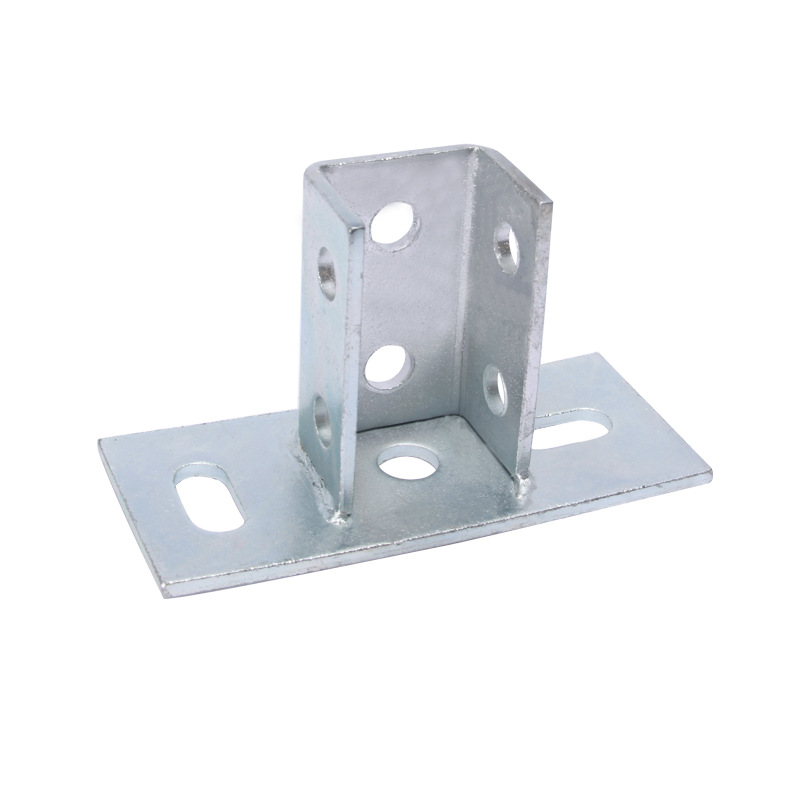

self drilling cladding screws
Okt . 12, 2024 18:31 Back to list
self drilling cladding screws
Self-Drilling Cladding Screws A Comprehensive Guide
In the construction and manufacturing industries, the choice of fasteners plays a pivotal role in ensuring the integrity and durability of structures. Among the numerous options available, self-drilling cladding screws have emerged as a popular choice for both professionals and DIY enthusiasts. This article delves into the significance, advantages, and application of self-drilling cladding screws.
What are Self-Drilling Cladding Screws?
Self-drilling cladding screws, also known as self-tapping screws, are specialized fasteners designed to be used in cladding applications. As the name suggests, these screws feature a unique drill bit tip that allows them to create their hole when being driven into materials such as metal or wood without the need for pre-drilling. This self-drilling capability simplifies the installation process and improves efficiency, making them a preferred choice for various building projects.
Advantages of Self-Drilling Cladding Screws
1. Time Efficiency One of the most significant benefits of using self-drilling screws is the time saved during installation. The ability to drill and fasten in one step reduces labor costs and speeds up the construction process. This feature is particularly advantageous in projects with tight deadlines.
2. Strength and Durability Self-drilling cladding screws are engineered to withstand harsh environmental conditions. Typically made from high-strength materials like stainless steel or coated with protective finishes, these screws can resist rust, corrosion, and other forms of wear, ensuring the longevity of both the fasteners and the structures they secure.
3. Versatility These screws are used across various materials, including metal sheets, wood, and even insulated panels. Their versatility makes them suitable for a wide range of applications, from residential buildings to industrial constructions.
4. Reduced Labor Intensity Because self-drilling screws do not require pre-drilling, the overall labor intensity of a project is significantly reduced. This feature is particularly important in environments where labor resources may be limited or costly.
5. Better Aesthetic Finish When used with cladding materials, self-drilling screws often result in a cleaner and more streamlined appearance. The absence of extra holes and the secure fastening ensure that the final installation looks professional and visually appealing.
Application of Self-Drilling Cladding Screws
Self-drilling cladding screws are widely utilized in several architectural and construction applications. Some common use cases include
self drilling cladding screws

- Metal Roofing and Siding These screws provide an effective solution for securing metal panels, ensuring that they remain firmly in place while standing up against wind and rain. - Insulated Panels Self-drilling screws are often employed in the installation of insulated panels due to their ability to penetrate multiple layers of material easily.
- Facade Cladding When used in façade constructions, these screws enhance both the structural integrity and aesthetic presentation of buildings
.- Commercial and Industrial Applications From warehouses to manufacturing plants, self-drilling screws are essential in securing various types of cladding materials, thus contributing to the overall stability of large structures.
Choosing the Right Self-Drilling Cladding Screw
When selecting self-drilling cladding screws for a specific project, several factors must be considered
1. Screw Length and Diameter The length and diameter of the screw should match the material thickness and the type of cladding being installed. Longer screws may be necessary for thicker materials, while a larger diameter can provide added grip.
2. Material Consider the environmental conditions the screws will face. Stainless steel is often preferred for coastal areas due to its corrosion resistance, whereas coated steel may suffice in less demanding environments.
3. Head Type The choice of head type (such as hex, flat, or pan) can affect the installation process and the final appearance of the project.
4. Thread Design Specific applications may benefit from different thread designs. For instance, coarse threads are better for wood, while fine threads may be more suitable for metal.
Conclusion
Self-drilling cladding screws are an integral component of modern construction, offering efficiency, durability, and versatility. As a building professional or an enthusiastic DIYer, understanding the advantages and appropriate applications of these fasteners can lead to successful and aesthetically pleasing projects. By selecting the right type of self-drilling screw, you can ensure that your installations not only meet structural requirements but also stand the test of time.
Latest news
-
Hot Dip Galvanized Bolts-About LongZe|High Strength, Corrosion Resistance
NewsJul.30,2025
-
High-Strength Hot Dip Galvanized Bolts - Hebei Longze | Corrosion Resistance, Customization
NewsJul.30,2025
-
Hot Dip Galvanized Bolts-Hebei Longze|Corrosion Resistance&High Strength
NewsJul.30,2025
-
High-Strength Hot-Dip Galvanized Bolts-Hebei Longze|Corrosion Resistance&High Strength
NewsJul.30,2025
-
Hot Dip Galvanized Bolts-Hebei Longze|Corrosion Resistance&High Strength
NewsJul.30,2025
-
Hot Dip Galvanized Bolts - Hebei Longze | Corrosion Resistance, High Strength
NewsJul.30,2025

